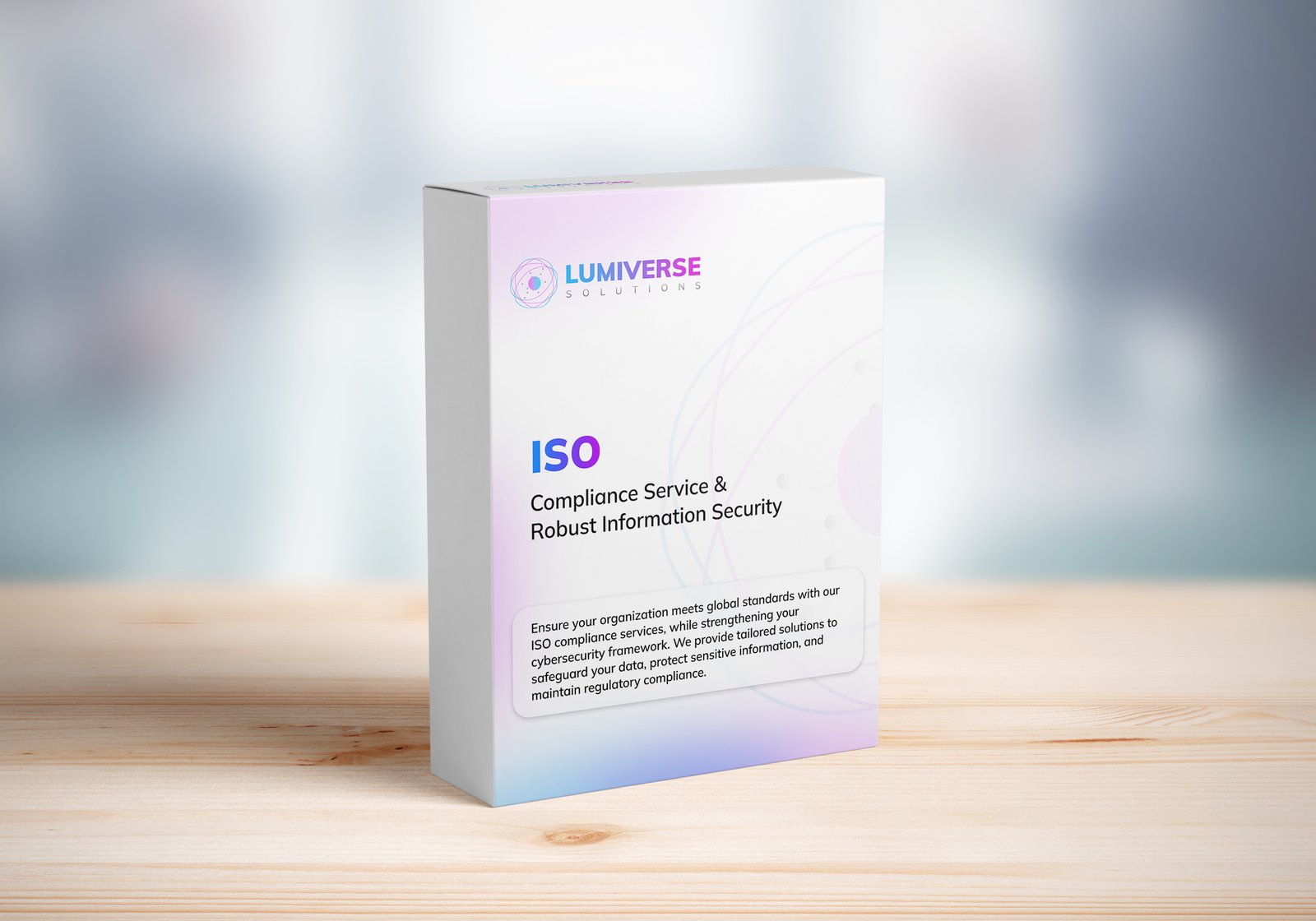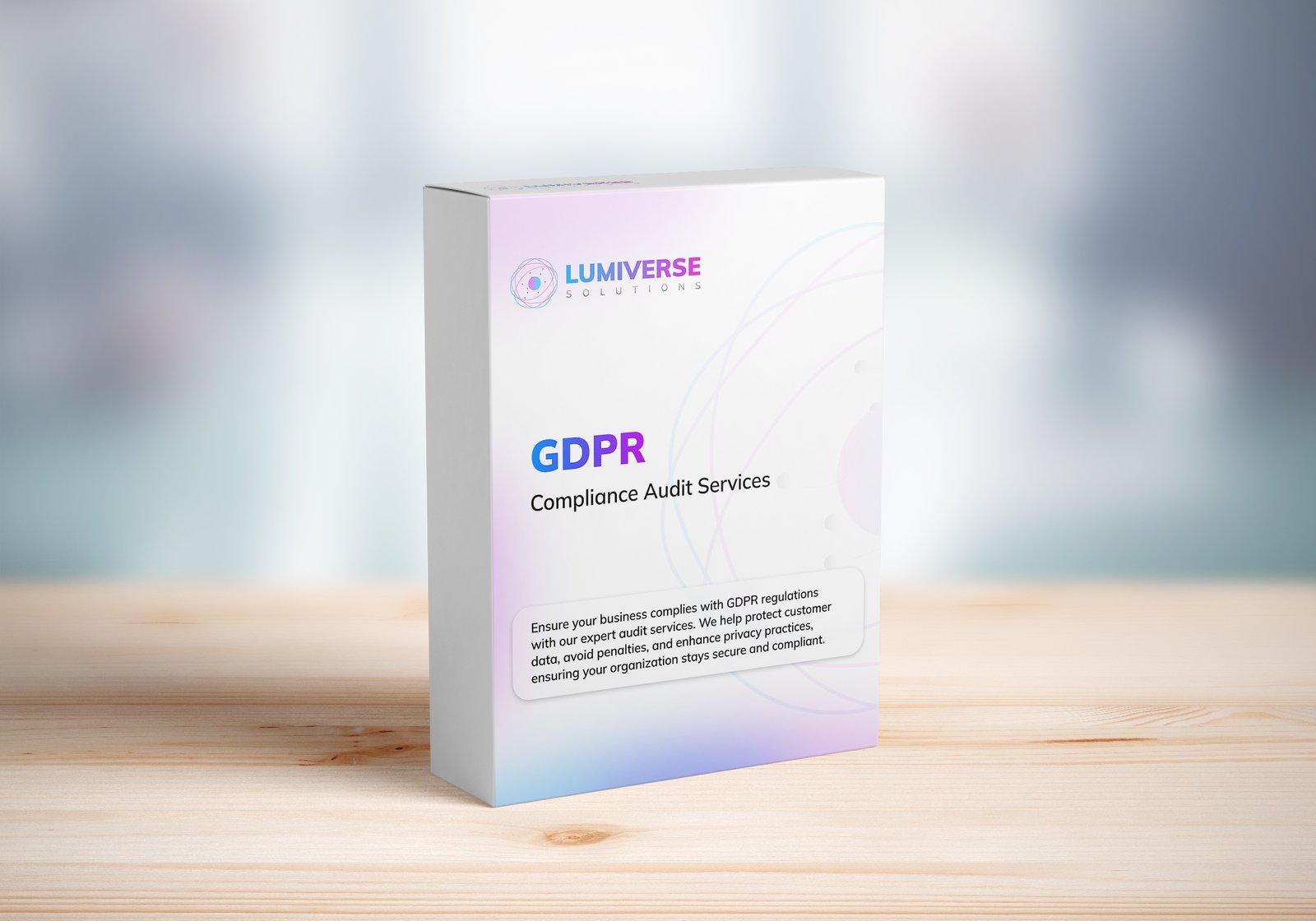Why Hackers Target New Schools and How to Protect

INTRODUCTION
Cybercrime growth has been a top agenda for all industries, and why the hackers victimize new schools is a rapidly emerging concern in the education sector. With expanding digital platforms exponentially, schools, especially new schools, have emerged as high-value targets for cyber-attacks. This blog analyzes why hackers victimize schools, how they exploit weaknesses, and most significantly, how schools can protect themselves from these increasingly sophisticated threats.
1. The Newness of Educational Institutions
1.1 Cybersecurity Maturity
One of the primary reasons new schools are hacked is the lack of proper cybersecurity standards. New schools are setting up their infrastructure, and most of the time, their focus is on academic and operational goals rather than robust IT security. This makes them vulnerable to cyberattacks, especially because they have no experience or resources to develop and apply security mechanisms.
1.2 Lack of Cyber Threat Understanding
For most new schools, it is not always a priority to highlight cybersecurity awareness among staff and instructors. Once cyber attacks become more sophisticated, the absence of skilled personnel or a cybersecurity culture in the institution makes it an easy prey for cyber attackers. Ineffective awareness of why hackers target schools and how a data breach will be catastrophic increases the likelihood of a successful attack.

2. Why New Schools Are Hacked: Primary Motivations
2.1 Access to Delicate Student and Instructor Information
The data is highly valuable to hackers. The newer the institution, the more likely they haven’t already performed stringent data protection protocols, which makes it a prime target. Why hackers target schools is typically due to this valuable data.
Over the past few years, ransomware has escalated and now locks up schools.With limited resources or lack of preparation, new schools may be more likely to pay the ransom, thus becoming even more susceptible to attacks. The ransom demand is usually accompanied by threats to release sensitive information to the public, something that can destroy an institution’s reputation.
2.3 Weak IT Infrastructure and Security Controls
New schools may not invest as much capital in IT infrastructure as more established institutions. This can offer a number of points of weakness, from outdated software to weak network security. Why these schools are so frequently hit by hackers simply boils down to an exploitable network—either due to unsecured Wi-Fi, unpatched software, or incorrectly configured firewalls.
2.4 Lack of Incident Response Plans
An incident response plan well established is critical to cyberattack prevention. New schools do not have the formalized and vetted response plan that would secure them when attacks occur. As attackers breach a network, the lack of a proven response plan means slow reactions and adverse results.
3. The Impact of Cyberattacks on Schools
3.1 Financial Losses
A cyberattack can be a lot of money lost for schools. Either it is ransom payments, lawyer costs, or system restoration fees, the financial impact will be substantial. New schools, whose budgets are generally slim, may not be capable of recovering from the financial cost of an attack, making hackers target them.
3.2 Damage to Reputation
Learners, parents, and staff lose faith in an institution’s ability to protect their personal information. A breach can be made public quickly, and the negative publicity can have lasting effects on admissions, partnerships, and revenue.
3.3 Legal and Regulatory Consequences
Schools are also subject to a variety of privacy and security regulations, such as FERPA in the United States or GDPR in the EU. A breach of student information may lead to court actions, regulatory fines, and litigation. New schools may find the judicial consequences of such breaches overwhelming on top of the already huge consequences of the data breach.
4. How to Protect New Schools from Cyberattacks
4.1 Implement Strict IT Security Policies
To ensure new schools’ security starts with possessing good IT security policies. Schools are required to develop an all-encompassing policy that defines how sensitive data is to be stored, transmitted, and accessed. Why school hackers most of the times are all about weak security policies that make key information available for unauthorized use.
4.2 Software and Security Regular Updates
For the purpose of minimizing vulnerabilities, new schools ought to prioritize regular software patches and upgrades. Operating systems, applications, and software must always be kept updated to prevent the capability of hackers to capitalize on available vulnerabilities. Automated systems can be set to regularly scan and automatically update so that the network of the school is always up to date.
Encryption is one of the most effective steps to protect sensitive data from being viewed in the case of a data breach. All sensitive data—whether on a database, server, or even on one device—must be encrypted by schools so that even if hackers get access to data, it means nothing unless decrypted with the proper decryption key.

4.4 Employee and Student Cybersecurity Training
Instructing faculty, staff, and students on cybersecurity best practices is crucial to any school security plan. Training should be ongoing in areas such as recognizing phishing emails, the development of strong passwords, and recognizing the value of multi-factor authentication. How hackers attack schools more often than not is because of human mistake; educating them about security hygiene lowers the threat of successful compromise.
4.5 Multi-Factor Authentication (MFA)
MFA is a critical component in securing school networks and accounts against unauthorized access. All critical accounts such as email, LMS, and admin tools should be subjected to MFA by schools. This provides an additional layer of security that greatly diminishes the likelihood of an account being hacked.
4.6 Network Security Measures
New schools must take special care to secure their network equipment with firewalls, intrusion detection/prevention systems (IDS/IPS), and VPNs for remote access. Proper network segmentation can also limit the propagation of an attack if there is a breach. For example, separating administration systems from student-facing systems can reduce lateral movement by attackers.
4.7 Create an In-Depth Incident Response Plan
A robust incident response plan (IRP) is vital to swiftly detect, contain, and mitigate any cyberattack. An IRP needs to be developed by schools that details the steps to take should a breach be detected, from initial detection through reporting to law enforcement and notification of stakeholders. The plan should be tested and updated regularly to ensure its effectiveness during a real attack.
5. Engaging with Cybersecurity Experts
5.1 Managed Security Services Providers (MSSPs)
New schools might not possess the budget to establish a complete staffed IT security team. In these situations, collaboration with a Managed Security Services Provider (MSSP) proves to be an ideal choice. MSSPs can assist in monitoring, managing, and responding to cyber threats 24/7, providing schools with the most advanced security technology and expertise without having to keep an in-house staff.
5.2 Cybersecurity Audits
Scheduling periodic cybersecurity audits will help new schools identify vulnerabilities before hackers. An in-depth audit will examine the IT infrastructure, processes, and policies of the school and provide actionable recommendations for improving security posture.
6. Third-Party Vendor Role in School Cybersecurity
6.1 Supply Chain Threats
New schools tend to work with third-party vendors to deliver a range of services—learning management systems, administrative software, cloud platforms. Vendors are a great source of resources, but they are also a high-risk area. Hackers tend to exploit vendors with less stringent security protocols as a way of getting into bigger networks.
Schools need to assess and monitor third-party vendors thoroughly. Having good vendor risk management policies in place and making sure vendors adhere to stringent data protection standards is essential for preventing breaches that can jeopardize school security.
6.2 Third-Party Access Security Policies
Schools must have full access controls for third-party vendors. Vendors should have access to only the data and systems required for their functions. Keeping vendors from using weak authentication techniques, including MFA, will also minimize unauthorized access.

6.3 Third-Party Audits
It is important to engage in regular audits of third-party vendors’ security processes and penetration testing to guarantee they are on par with industry standards. If a gap is identified in the security of a vendor, the school needs to demand a remediation plan or seek out an alternative solution.
7. The Significance of Cyber Insurance for Schools
Cyber insurance is an insurance policy that assists schools in softening the financial burden of a cyberattack. It could help pay for data breaches, ransomware attacks, system restoration, legal expenses, and regulatory penalties. To new schools that are not yet prepared to withstand a cyberattack due to the lack of available funds, buying cyber insurance is the wise thing to do.
7.2 How Cyber Insurance Protects Schools
Cyber insurance may be a financial cushion that lessens the cost of a breach. It can also offset the costs such as public relations activities to contain reputation harm or notification and credit monitoring costs for impacted students and faculty.
7.3 Policy Choice and Tailoring
Schools need to thoroughly evaluate their needs while choosing a cyber insurance policy. Be on the lookout for policies that are specifically designed for educational institutions and make sure they offer cyber extortion, data breach notification, and business interruption coverage.

Conclusion
The education revolution in terms of going digital has opened hundreds of opportunities but added new threats. What makes hackers attack new schools is obvious—most are under-equipped, possess precious data, and are easy targets. But, by taking proactive steps to have strong cybersecurity in place, training teachers and students, and constantly monitoring and improving their IT security, new schools can defend themselves against cyberattacks.
Education cybersecurity is not merely about stopping the attack; it’s about creating a culture of awareness, vigilance, and resilience. Through knowledge of why cyberattacks happen and proper action, schools can create a secure digital space for teachers and students.
Disclaimer
This is an information-only blog and should not be viewed as technical or legal advice. The steps below are general recommendations made following industry best practice. Schools are recommended to seek the advice of cybersecurity experts or legal specialists to make sure that they comply with laws and regulations and implement security measures that are specific to their own requirements.
Recent Posts
Categories
- Cyber Security
- Security Operations Center
- Cloud Security
- Case Study
- Technology Trends
Vulnerability Assessment & Penetration Testing (VAPT)
Buy our VAPT services to identify vulnerabilities, simulate real-world attacks, and strengthen your systems against cyber threats effectively.

iso compliance service
Buy our ISO Compliance services to streamline processes, ensure security, meet global standards, and maintain industry certifications with ease.

SOC 2 Compliance Audit
Ensure your business meets security, privacy, and compliance standards with our SOC 2 Compliance Audit services. Protect data, build trust, and stay secure. Buy our services today!

GDPR Compliance Audit Services
Ensure your organization meets GDPR standards with our expert compliance audit services. Protect data, avoid penalties, and enhance privacy practices. Buy our services today to stay secure and compliant!

Subscribe to our Research
Enter your email address to subscribe to Lumiverse Research and receive notifications of new posts by email.
Tell Us Your Opinion
We value your perspective! Share your thoughts, feedback, or questions below. Your opinion matters and helps create a richer, more engaging conversation. Let’s connect and hear what you think about this post!

